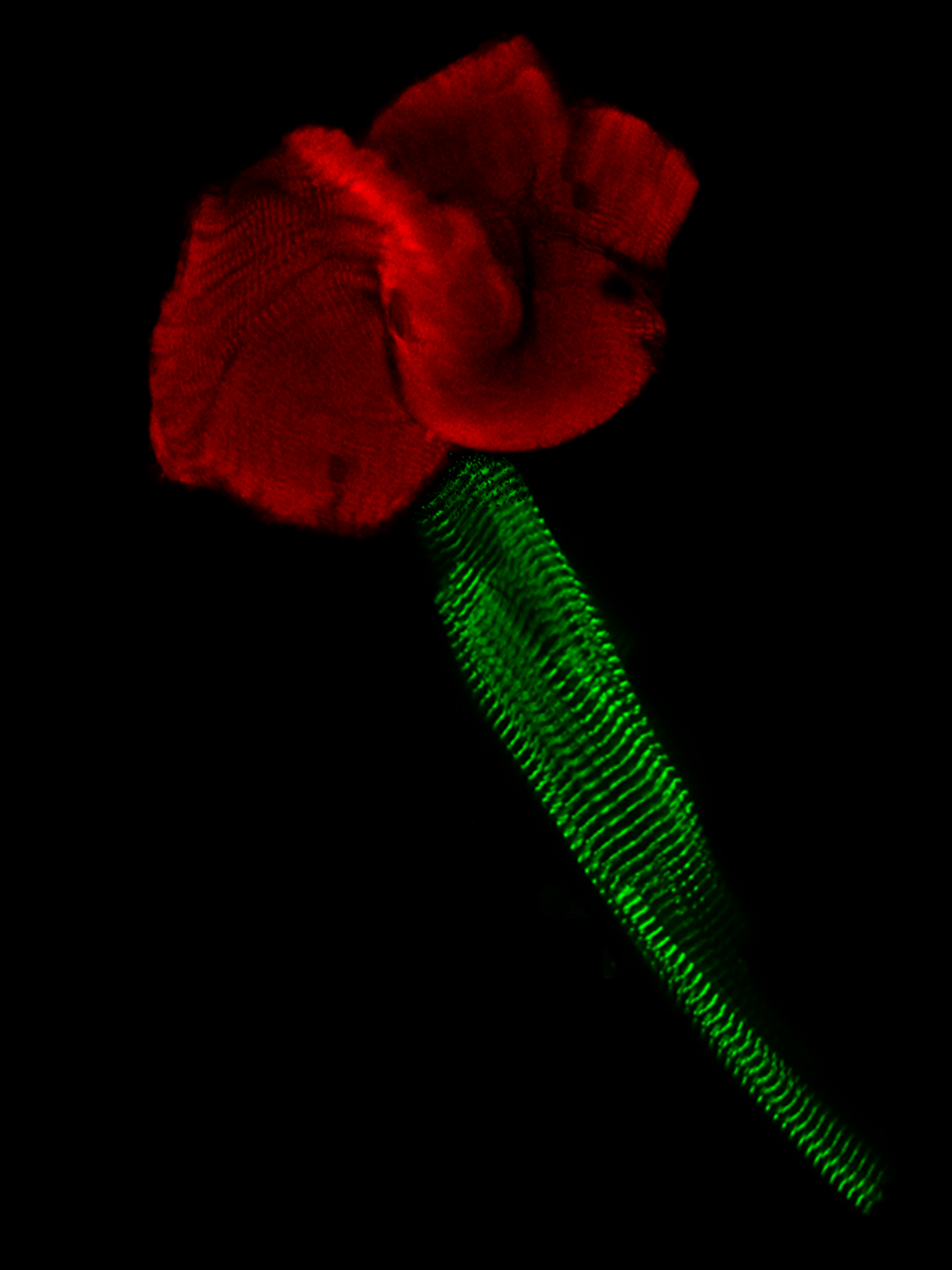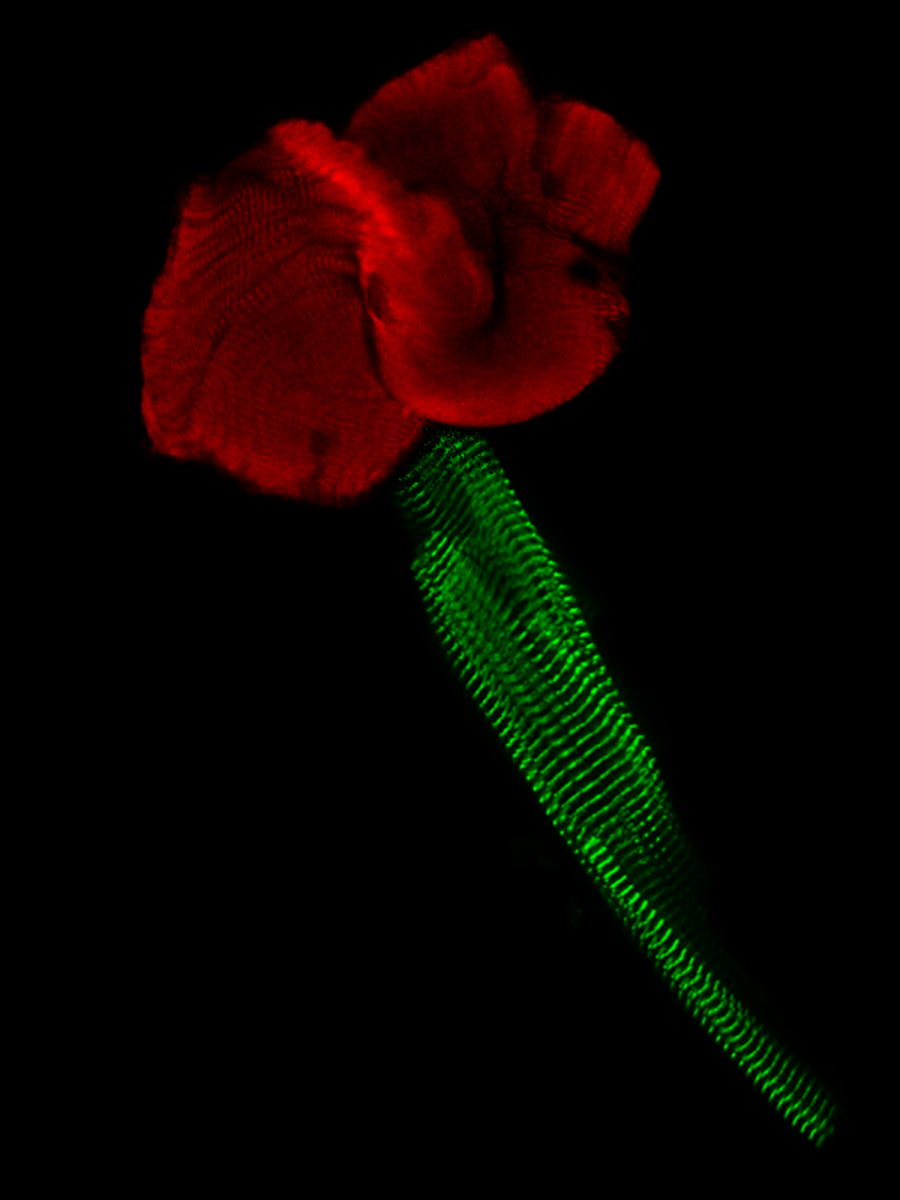The British Heart Foundation ran a competition to showcase the ground-breaking research projects that it funds across the UK. Each year, the BHF organisers invite the research teams to share their best scientific snaps for the BHF’s ‘Reflections of Research’ competition.

Getting to the heart of the matter — Fraser Macrae — University of Leeds
This year’s winner ‘Getting to the heart of the problem’ was captured by Fraser Macrae at the University of Leeds and depicts the insides of a potentially deadly blood clot.
Describing the danger pictured in Macrae’s image, the BHF wrote: “In the image red blood cells are trapped in the 3D mesh of fibrin fibres, which hold the clot together. One red blood cell had been compressed into a heart shape by the contracting fibres surrounding it.
“These fibrin fibres have a remarkable ability to stretch without breaking and can be stretched to more than five times their original size, making fibrin the most stretchable biological fibre known.”
Macrae uses state-of-the-art methods to study the structure of blood clots and investigate how the fibre arrangements change their sensitivity to clot busting drugs. It was with those same imaging techniques that he produced the winning shot. You can view the rest of the final images here.

An artery’s insides — Dr Matthew Lee — University of Strathclyde

Flower from the heart — Dr Nicoletta Surdo — University of Oxford
Other shortlisted images include the insides of an artery, or the endothelium – the inner most layer of blood cells – to be precise. And a fascinating image of the inside of a mouse’s heart under a microscope. The striking shot shows the muscle fibres that constitute the chamber’s of the rodent’s heart, resembling a rose-like structure thanks to the use of fluorescent dyes.
Simon Gillespie, Chief Executive of the BHF, said in a statement: “Each of these stunning images tells a story about the BHF’s world-leading research in the fight against heart and circulatory diseases.
“Science relies increasingly on ever more sophisticated imaging techniques to help us to see the cellular and molecular processes that conspire to create disease. So whilst this competition is all about the picture, it’s the story behind each one that will save and transform lives.”







